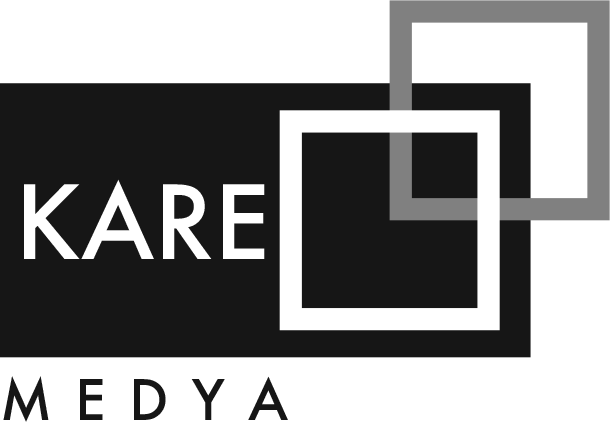The Effects of Curcumin on Mechanical Functions and Cardiac Contractility in Isolated Rat Hearts
Özden Kutlay1, Bilgin Kaygısız2, Arzu Keskin Aktan11Afyonkarahisar Health Sciences University, Faculty of Medicine, Department of Physiology, Afyonkarahisar, Türkiye2Department of Pharmacology, Faculty of Medicine, Eskisehir Osmangazi University, Eskisehir, Türkiye
OBJECTIVE Curcumin is a bioactive compound that has well-known pharmacological activities. Numerous studies have shown that curcumin provides potential cardiovascular benefits through a variety of mechanisms.The present study aims to discuss different concentrations of curcumins impact on mechanical functions and cardiac contractility in isolated perfused rat hearts.
METHODS The hearts were isolated under sodium thiopental (50 mg/kg) anesthesia and perfused with a modified Krebs-Henseleit solution (mK-Hs). After stabilization, curcumin was applied in concentrations of 0.1, 1, and 10 µM. In isolated rat hearts, indexes of + dP / dt max, LVDP, MAP, and LVEDP were evaluated for cardiac contractility and ventricular function.
RESULTS All curcumin concentrations reduced +dP/dtmax and LVDP. Ten µM curcumin also significantly decreased heart rate. Curcumin (1 and 10 µM) increased LVEDP and reduced MAP amplitude with a concomitant increase in MAP duration. Curcumin at all concentrations did not affect dMAPdtmax and dMAPdtmin.
CONCLUSION Our results might suggest that curcumin at higher concentrations (≥ 1 µM) increases LVEDP with a negative chronotropic effect and decreases MAP amplitude with an increase in MAP duration. There is sufficient evidence from this study that Curcumin possesses an adverse inotropic action. Different disease models should support the pathophysiological role of Curcumin on cardiac contraction.
Manuscript Language: English
Copyright © 2025 Archives of the Turkish Society of Cardiology



